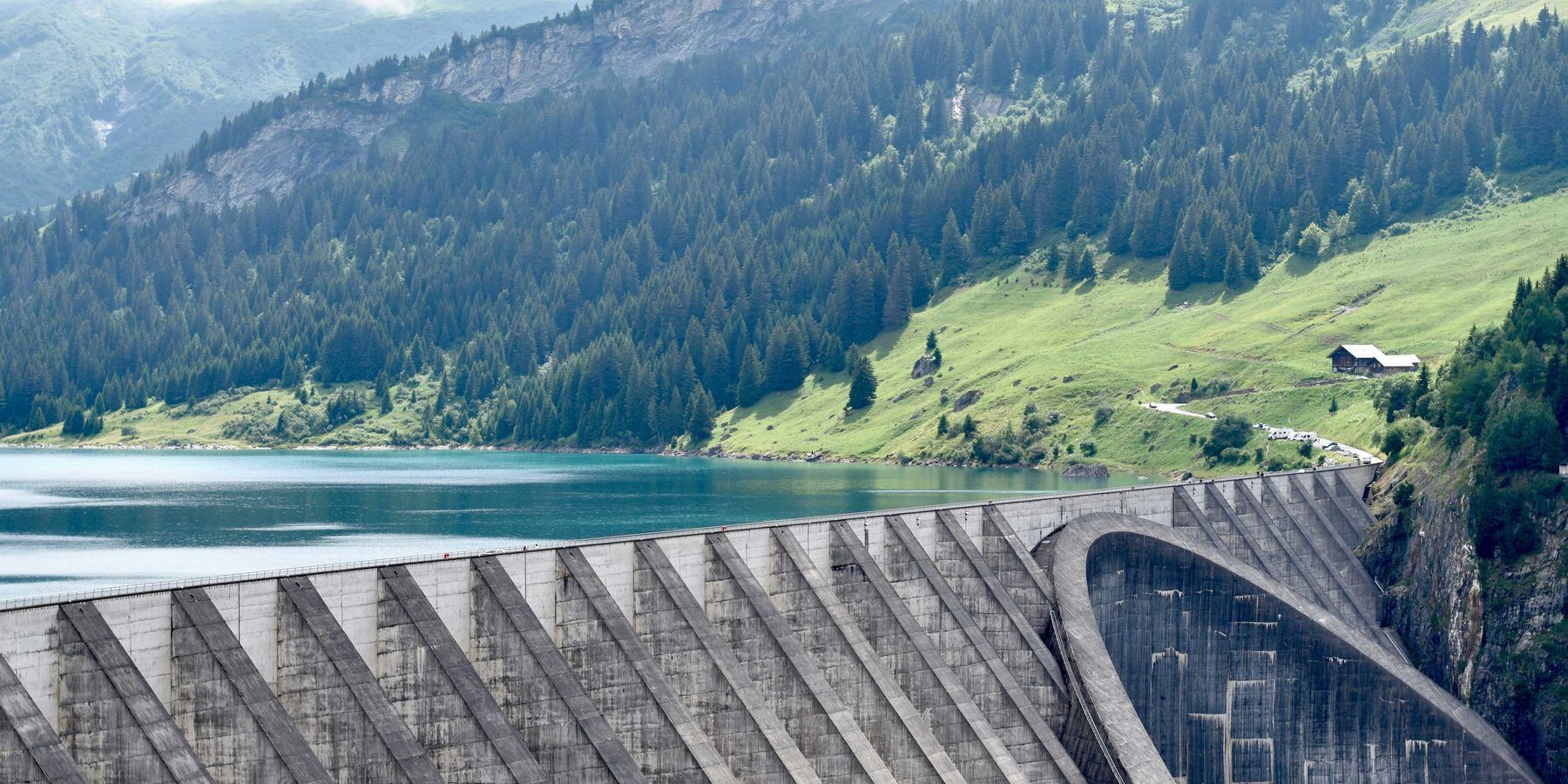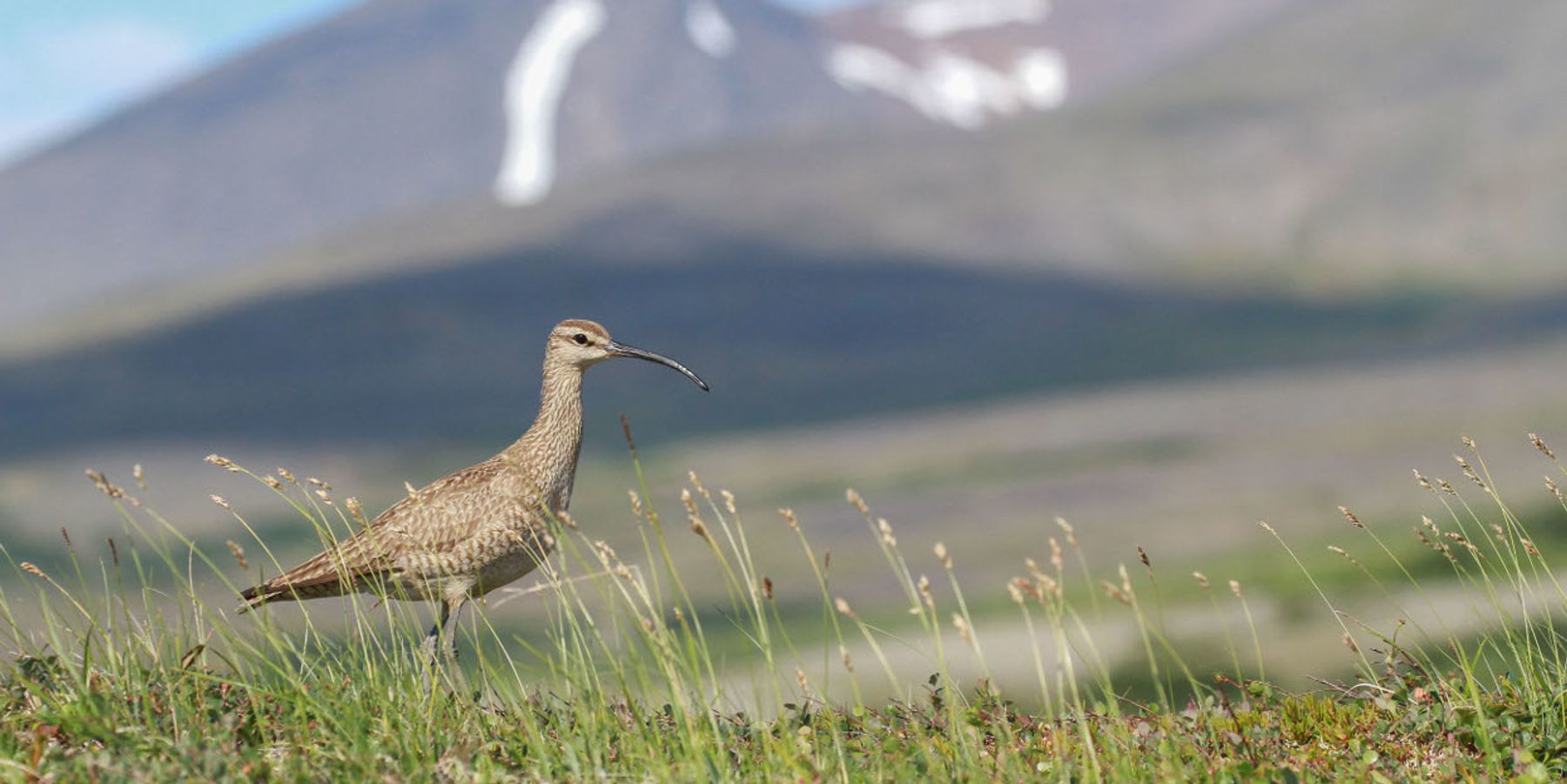
Shorebird egg theft is becoming a big problem in the Arctic. And climate change is behind it.
The daily rate of eggs stolen from shorebirds' nests in the Arctic is three times higher than it was 70 years ago. The trouble, which coincides with warming temperatures, could impact vulnerable populations of stunning birds.
For centuries, the Arctic has been a relatively safe place for shorebirds such as plovers and sandpipers to lay their eggs, as nests in the tropics were much more likely to suffer attacks from predators.
That is changing.
The rate of "daily nest predation"— eggs stolen from the nest by predators such as foxes or rodents — has increased threefold over the past 70 years in the Arctic, according to a study published today in Science that looked at more than 38,000 nests from 237 shorebird populations in 149 locations throughout the world.
The study is the latest to show trouble for shorebird populations that migrate to the Arctic—though most of the previous research has pointed to problems away from breeding grounds—and suggests that the energy-intensive, long distance flights to breeding spots in the far North may no longer be the safest bet for some birds.
Around the globe, about 45 percent of Arctic shorebirds populations are decreasing, according to a 2016 report from the National Audubon Society.
"The Arctic now represents an extensive ecological trap for migrating birds," the authors wrote.
Rebecca Bentzen, Arctic Beringia avian research coordinator with the Wildlife Conservation Society, told EHN the most alarming part of the study was that shorebirds using the East Asian flyway—a bird migration route ending in the northeast Russia —were most impacted and about 20 percent of the birds on that flyway already have threatened populations.
The daily nest predation rates in the North Temperate Zone, which includes Europe and most of Asia and North America, doubled. In the tropics, there was little change.
The researchers also looked at temperature changes over this time and linked the higher rates of eggs stolen in the Northern Temperate Zone and Arctic to warming temperatures.
"These findings are alarming," said Tamás Székely, an evolutionary biologist and professor at the University of Bath and senior author of the new study, in a statement. "The Earth is a fragile planet with complex ecosystems, thus changes in predator-prey interactions can lead to cascading effects through the food web."
Formerly a "win-win" for the birds
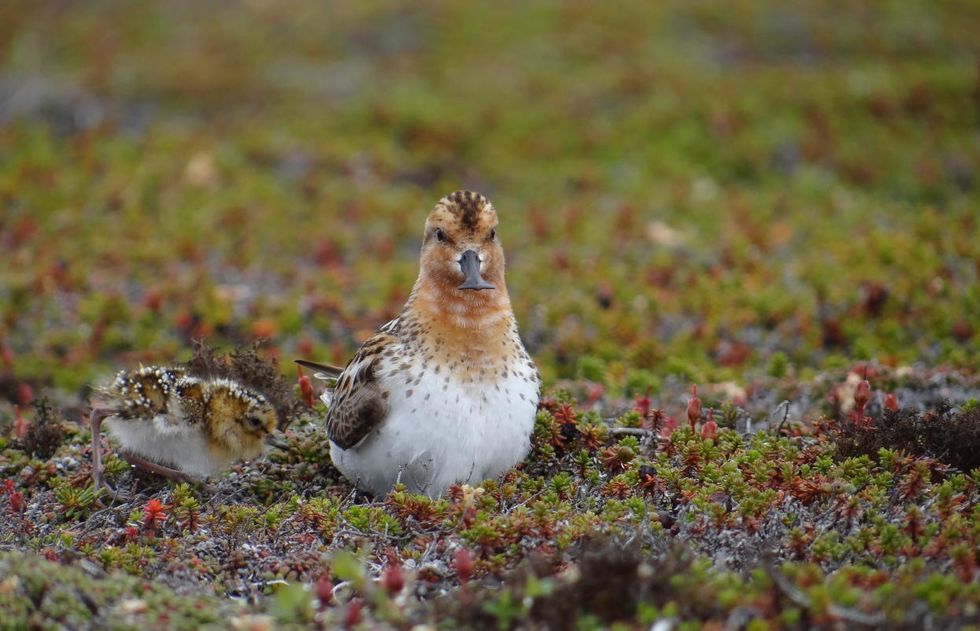
Spoonbill sandpiper (Credit: Pavel Tomkovich)
Shorebirds from around the world head to the Arctic to breed because the region is "flush with resources," Daniel Ruthrauff, a wildlife biologist with the U.S. Geological Survey, Alaska Science Center, told EHN.
"But it's a brief flush," added Ruthrauff, who researches the reproduction, migration and populations of shorebirds.
The birds — including species familiar to birders such as Semipalmated sandpipers, Buff-breasted sandpipers, American golden plovers, Black-bellied plovers, Bar-tailed godwit—head to the Arctic to eat the abundant insects and enjoy what has long been a relatively predator-limited area.
"Predators like foxes and weasels, have strong population fluctuations, because there are only strong food resources during summer," Ruthrauff said. "The birds leave when there isn't food, predators are stuck here. It's a win-win for the birds."
The new findings are concerning, Ruthrauff said, because shorebirds have "constrained reproductive output."
"It's almost always four or so eggs, it's a short breeding season … chicks hatch and leave the nest almost immediately," he said.
"They put a lot of resources into big eggs, big chicks and they get one chance per year."
Too many people, too few wetlands
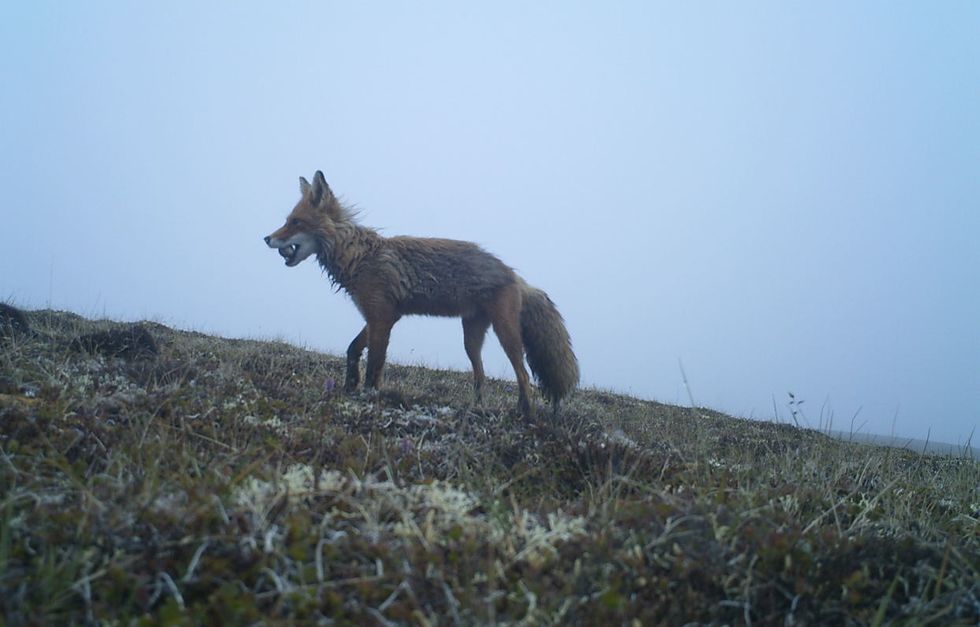
Red fox (Credit: Pavel Tomkovich)
Scientists were already concerned about shorebird populations. Ruthrauff said estimates have shown up to 50 percent of migratory shorebird populations appear to be declining.
A lot of previously research has attributed the decline to populations on the loss of wetlands, he said.
Bentzen said, in the East Asian flyway for example, places with a lot of people and related infrastructure are hotspots for threatened shorebird populations.
"In the oilfields of Alaska, for example, they try hard to keep them clean, but there are landfills, and most predators feeding on eggs and nestlings are also eating garbage – so there's a higher population of raven, foxes and gulls," she said.
The authors of the new study point out that predators are the most common cause of breeding failure, so the implications of the new research could be large. The study didn't pinpoint why climate change is spurring the increased egg-theft, however, there are a few possible explanations.
Predators could be eating more eggs since other food sources—such as lemmings, which have had a population crash due to less snow cover—are less abundant.
There could be changes in vegetation and plants around the nests, leaving them more vulnerable, or increased numbers of predators, such as foxes.
Nest predation may just be the tip of the iceberg for climate impacts, so to speak—diseases thought absent from the Arctic are impacting bird populations as well. For example, an avian cholera outbreak in the Hudson Bay from 2004 to 2013 killed thousands of eiders.
A "genetic disposition to be resilient"
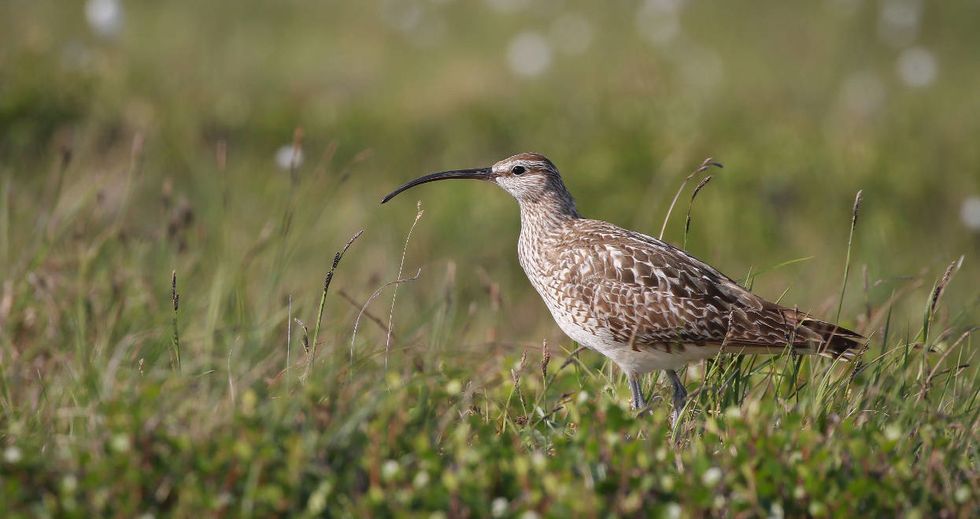
A Bristle-thighed Curlew on the tundra. (Credit: Rachel M. Richardson, USGS)
If nesting in the Arctic continues to trend unfavorable, it's unclear if the birds will alter their breeding or migrations. Bentzen said there are two categories of shorebirds— "conservative breeders", which go to the same place every year and breed, and "opportunistic breeders," which will "go to Arctic, case the joint, find the best spot and breed there."
She said the latter group, given their adaptability, might prove to fare better if conditions keep worsening.
Ruthrauff said there is hope because the shorebirds are "already hardwired to deal with so many different ecosystems."
"Wintering in Panama Bay, stopping in Humboldt Bay, breeding on the tundra in Arctic Alaska that puts them in some good standing," he said.
"There is some built-in genetic disposition to be resilient."


